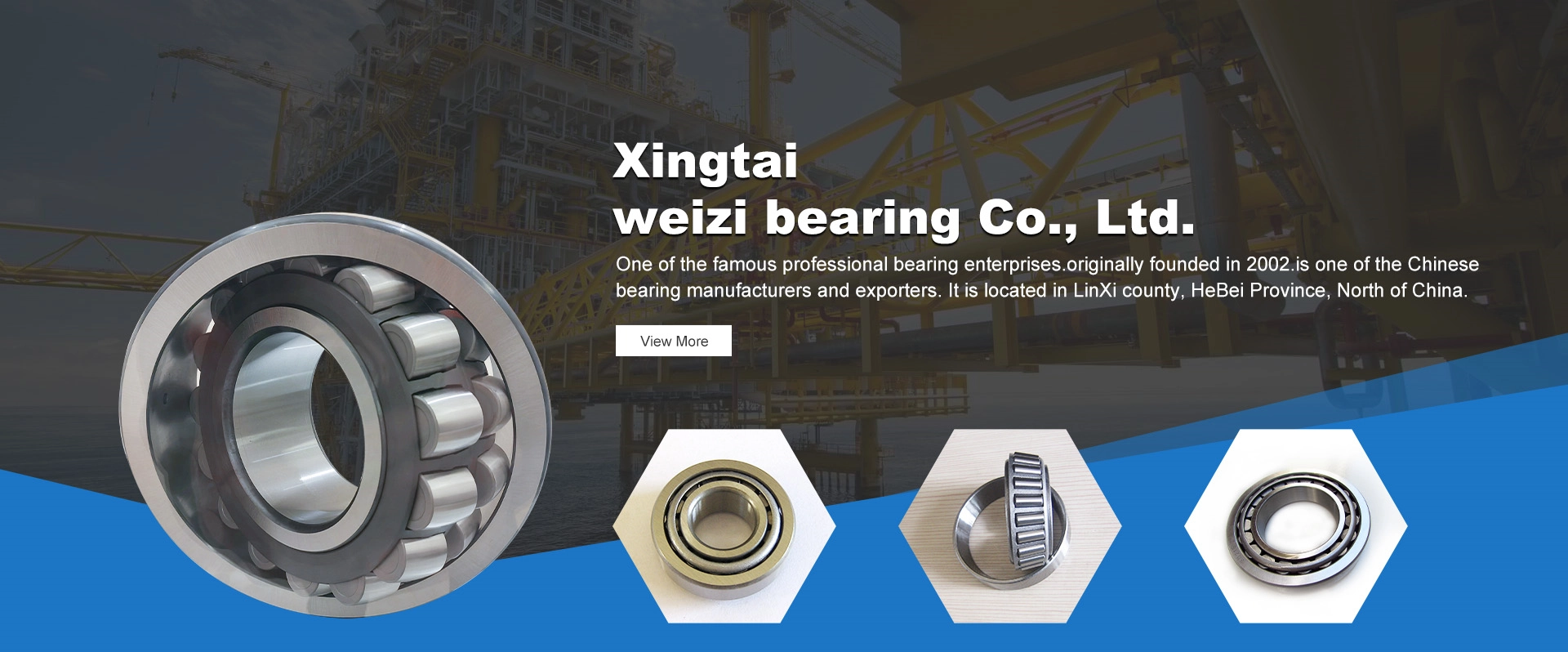
Dec . 13, 2024 15:51 Back to list
6312 bearing price
Understanding the Price Trends of 6312 Bearing
When it comes to machinery and industrial applications, bearings play a crucial role in ensuring smooth operation and longevity of equipment. One popular item in this category is the 6312 bearing, which is widely used in various sectors including automotive, manufacturing, and robotics. The price of a 6312 bearing can fluctuate based on several factors, and understanding these elements is essential for making informed purchasing decisions.
What is a 6312 Bearing?
The 6312 bearing is a type of deep groove ball bearing. It is characterized by its ability to accommodate high radial loads and moderate axial loads in both directions. Typical dimensions for the 6312 bearing are an inner diameter of 60 mm, an outer diameter of 130 mm, and a width of 31 mm. Due to its robust design, it is suitable for diverse applications ranging from electric motors to conveyor systems and even household appliances.
Factors Influencing the Price
1. Material Quality The materials used in manufacturing the bearings greatly influence the price. Premium-grade steel and high-quality ceramic materials are more expensive but provide better performance and durability. Manufacturers that focus on high-quality materials usually set their prices higher.
2. Brand Reputation Established brands often charge more for their bearings due to their reputation for quality and reliability. A trusted brand may offer warranties or certifications that justify the higher cost, providing peace of mind to the buyer.
3. Production Methods The techniques used in the production of bearings can also affect pricing. Advanced manufacturing processes that incorporate automation and precision engineering may yield higher costs. However, these methods can also result in better performance and reliability, making them worth the investment.
6312 bearing price

4. Market Demand and Supply Like any other commodities, supply and demand dynamics play a significant role in pricing. When there is a high demand for a specific bearing type but limited supply, prices will rise. Conversely, overproduction or decreased demand can lead to lower prices.
5. Geographical Location Shipping costs and import duties can significantly impact pricing, especially if the bearings are sourced from overseas manufacturers. Local suppliers may offer competitive rates, but the availability of specific models can vary.
6. Customization Options Some applications may require customized bearings, which involve additional manufacturing processes. Customization typically increases the cost owing to the specialized nature of the product.
Current Price Trends
In recent times, the price of 6312 bearings has seen noticeable fluctuations. As of late 2023, prices generally range from $20 to $100 per unit depending on the factors discussed above. Buyers should expect variations in pricing based on the supplier and the specifications required. Online marketplaces often present a wider selection and competitive prices, but it's always critical to consider the reputation of the seller to avoid low-quality products.
Conclusion
In conclusion, understanding the pricing dynamics of the 6312 bearing is crucial for both individuals and businesses seeking reliable solutions for their machinery needs. While it's tempting to opt for the lowest-priced option, it's essential to consider the long-term value of the bearing. Factors such as material quality, brand reputation, and manufacturing processes should guide your purchasing decisions. By staying informed about market trends and understanding what drives prices, purchasers can ensure they invest wisely in bearings that will contribute to the efficiency and reliability of their operations. Whether you're in heavy industry, manufacturing, or looking to replace a component in a home appliance, the investment in quality bearings such as the 6312 can lead to superior performance and longevity of machinery.
Latest news
-
Premium Deep Groove Ball Bearings | High Speed & Reliability
NewsAug.29,2025
-
Durable Scaffolding Clamps - Secure & Reliable Tube Connectors
NewsAug.28,2025
-
Common Failures in Thrust Ball Bearings and Solutions
NewsAug.22,2025
-
How Tapered Roller Bearings Can Take Shock Loads
NewsAug.22,2025
-
Angular Bearings in High-Precision Spindles
NewsAug.22,2025
-
The Impact of Misalignment on Cylindrical Roller Bearing Performance
NewsAug.22,2025
